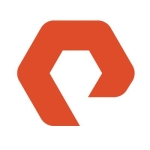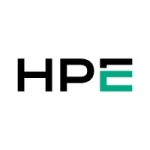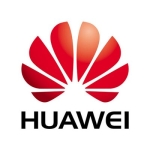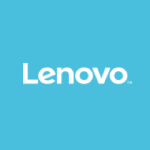We use the private deployment model of this solution and VMware for our storage provider. Our primary use case of this solution revolves around our clients. We have different tiers of storage. We use the Pure Storage FlashArray for our tier-one storage, our higher-level storage to support not only multi-tenant clients but also our private cloud clients, and to provide them with an all-flash storage solution.
We used to use a product called XtremIO which was a pretty significant improvement on the old way of deploying storage which was through standalone SANDS and we also used EMC VMAX. That was really expensive. We saw a vast improvement when we switched over to using the Pure Storage model over the XtremIO. It just made us that much more competitive. We were able to offer those workloads to our clients, we sold more, and we keep selling it.
VMware absolutely benefited our IT organization. VMware has always been just above the rest in terms of virtualization. I was not part of the organization prior to VMware being a prevalent powerhouse like it is today. But I know that back in the day of our organization, we used to have every server in a single box. Now, we've trimmed down so much of our infrastructure as well as some of our other client's that we've moved to VMware and it's been a significant improvement.
We are and we aren't running VMware on Pure. We have our ESXi hosts are not running on Pure Storage but we use Pure Storage for the back-end data stores that we run. We don't necessarily run the Hypervisor on Pure, but we run a lot of our client's virtual machines on Pure Storage.
The main driver of running VMware on Pure is for more IOPS. It's a growing trend in the industry that we have to have more clients that have more IOPS and low latency. It's an ongoing battle with the industry. When it comes down to it there's going to be a higher demand for even lower latency; even more speed, and more IOPS. We haven't hit that quite yet, but it will happen. It's just the nature of the business.
The joint solution has benefited our organization. It's with the ability to have the tier-one storage from Pure Storage that's allowed us to not only sell more at a higher cost but also it's allowed us to separate certain workloads from others. We have the tier-one storage, then we have tier-two storage on a different provider that allows us to have more storage, but also to really just give Pure Storage to those that really need it. This provides better performance for those VMs.
For us, the most valuable feature is the compression and deduplication. Being able to deploy a three to one ratio for storage is absolutely critical in today's world with the growing need for storage and the growing need for more space. Everything needs more space. For us to have a solution that allows deduplication and that lets us deploy more on less.
It's a very stable solution. Even going through maintenances we can individually bring down certain nodes without any disruption in performance. It works really seamlessly with our current implementation.
The scalability of the solution is not as good as it probably could be. In regards to storage and SANDS, it's very difficult to have a scalable solution when you're talking about hardware stores. It's just really difficult to do that. Overall, I think Pure does a good job with scalability.
I don't interface with technical support too much. Overall whenever I've had to interface with technical support it's always been a very positive experience.
We previously used XtremIO. We knew we needed to switch because of the trends in the industry. It's always going be a battle for consumer-based demands. Consumers are always going to demand more, and more; now. What that means is that you need to build apps that are quicker, faster; or have a more sleek run without as much code, or they're more highly available. That's what it really comes down to.
The initial setup was straightforward.
Pure Storage did the deployment for us.
Pure was on our shortlist. There are not a whole lot of other competitors that do what Pure does. They architected their own SAND right from scratch and it's a versatile product.
It's a pretty simple and pretty straightforward solution. There's a lot of one pane of glass type of things that we have with Pure and I don't see much in terms of improvement.
I would rate this solution a ten out of ten. My advice to someone considering this solution is to just get it.











